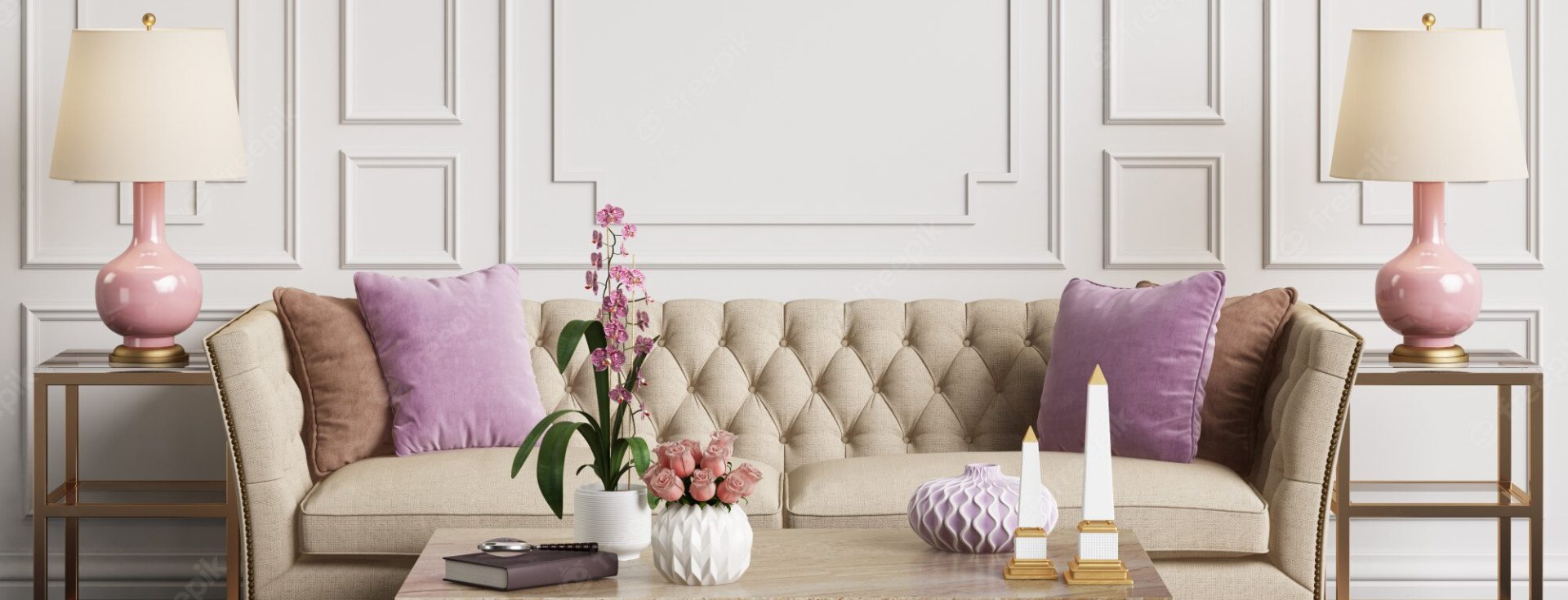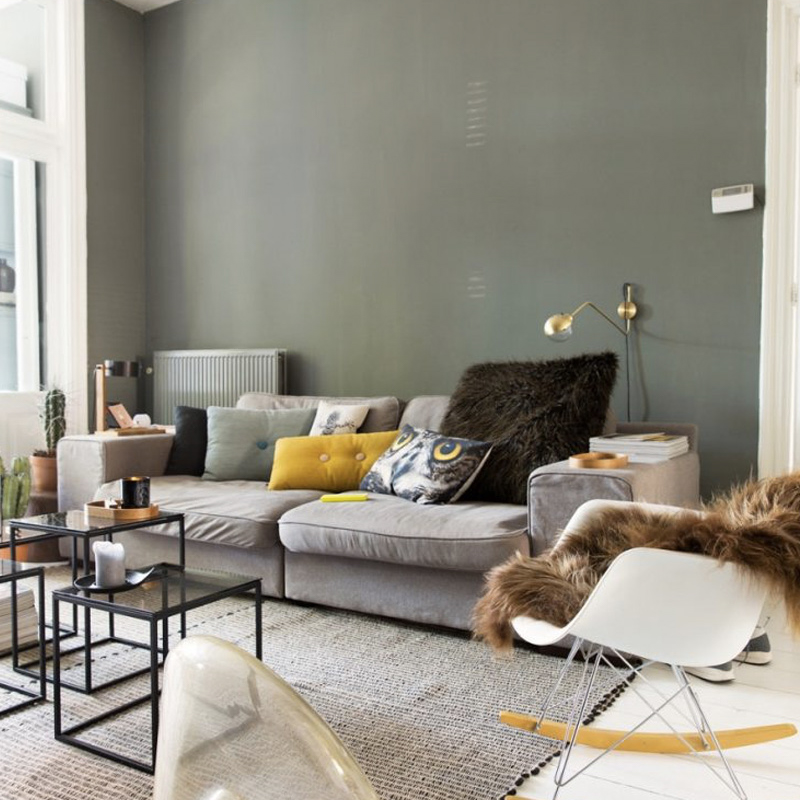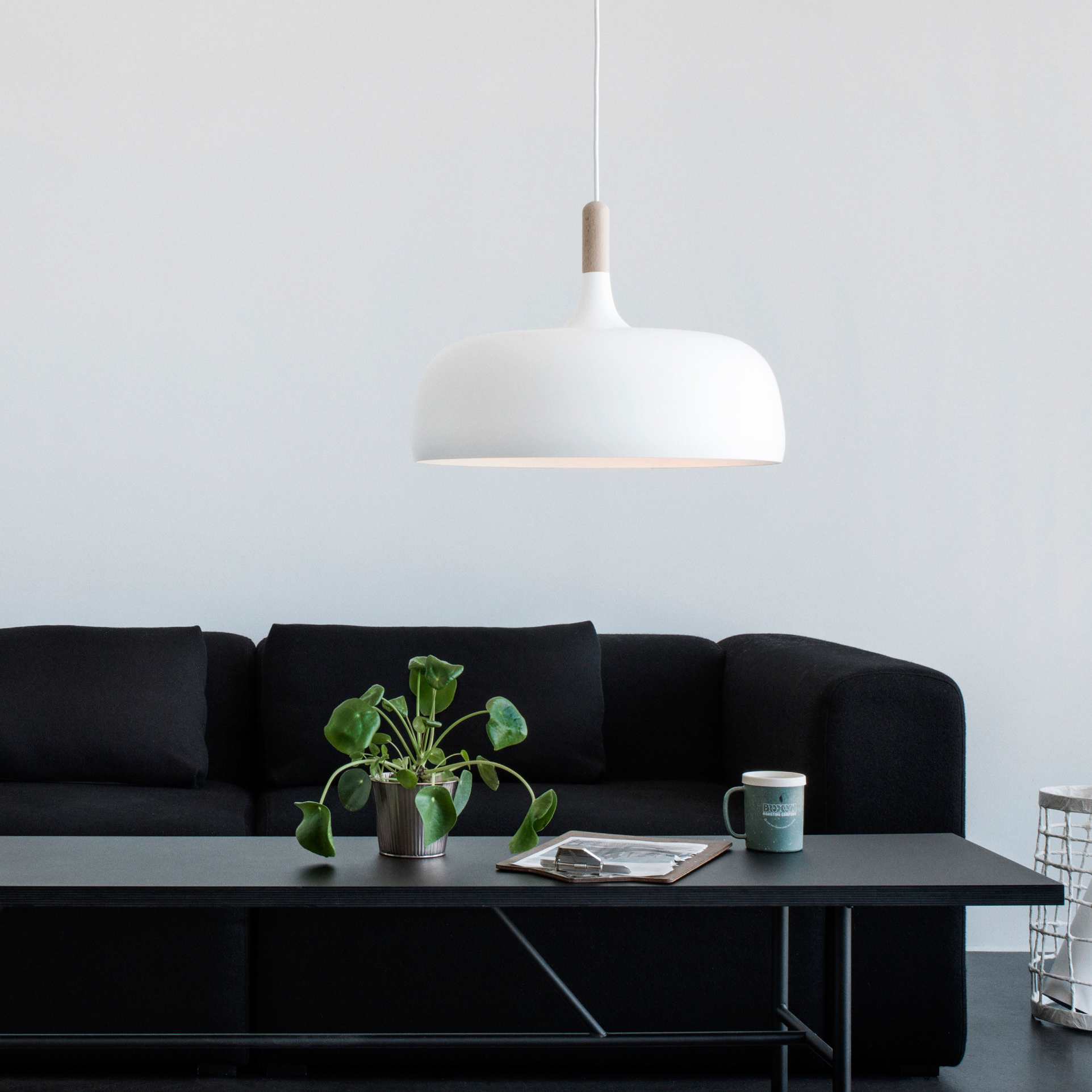
A chair rail is a piece of molding that sits between the baseboard and the ceiling. It’s commonly used to add a decorative touch to a room and give it a more formal look, but it also serves a practical purpose: chairs tend to push against walls, so the chair rail keeps their backs from digging into plaster. The chair rail is often paired with wainscoting for a unified look. Installing a chair rail is relatively easy, and it’s one of the least expensive home improvement projects homeowners can do themselves Noti7.
The height at which the chair rail is installed will have a significant impact on how it looks in the space. If it is placed too high, it will diminish the room and make it feel squat and overcrowded; if it’s put on too low, it can be difficult to use or impedes sight lines. The ideal height for a chair rail is somewhere in the middle of these two extremes.
Traditionally, the chair rail started at about 32 inches above the floor; this was the height of typical chair backs and still fits well with most furniture. But these days, chair rails are purely decorative and can be installed at any reasonable height.
Some carpenters will insist on installing the chair rail at a certain height, but this is not always the best choice. If the chair rail is too high, it will interfere with the seating in a room, making it uncomfortable to lean against. It can also create the illusion that a room is smaller than it really is, because it will make people appear to be standing up straighter.
The ideal chair rail height will depend on your personal preferences and the style of your room. When you’re installing the chair rail, start with a recommended height and then play around with it to see what looks good in the space. Stand in different parts of the room and look at it from different angles to get a better idea of how it will look.
Once you’ve determined the height at which you want to install the chair rail, mark that on each wall where it will go. Using a snap chalk line or other electronic stud finder, draw a reference line across the room at the desired height. You can even connect the marks with a long ruler to help you get your lines straight.
You can also consider painting the wall below the chair rail a darker shade to visually expand the size of a room. Just be sure to match the color with any door trim or window casing that may be in the room, so they all blend well together.
Lastly, don’t forget to properly butt cut the chair rail at corners and resolve the apron with the casing by installing a backband or self return (if needed). This will ensure that the stool and apron are joined together and the resulting joint is neat and professional.



